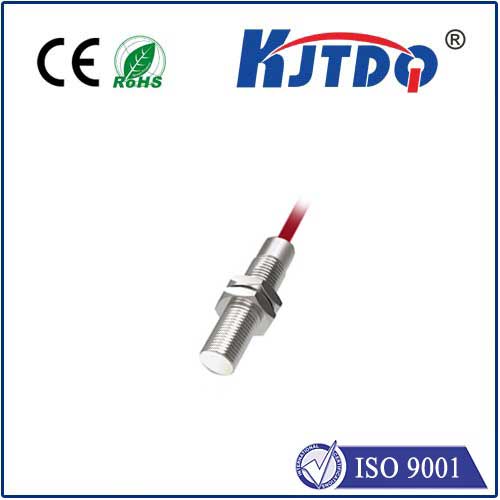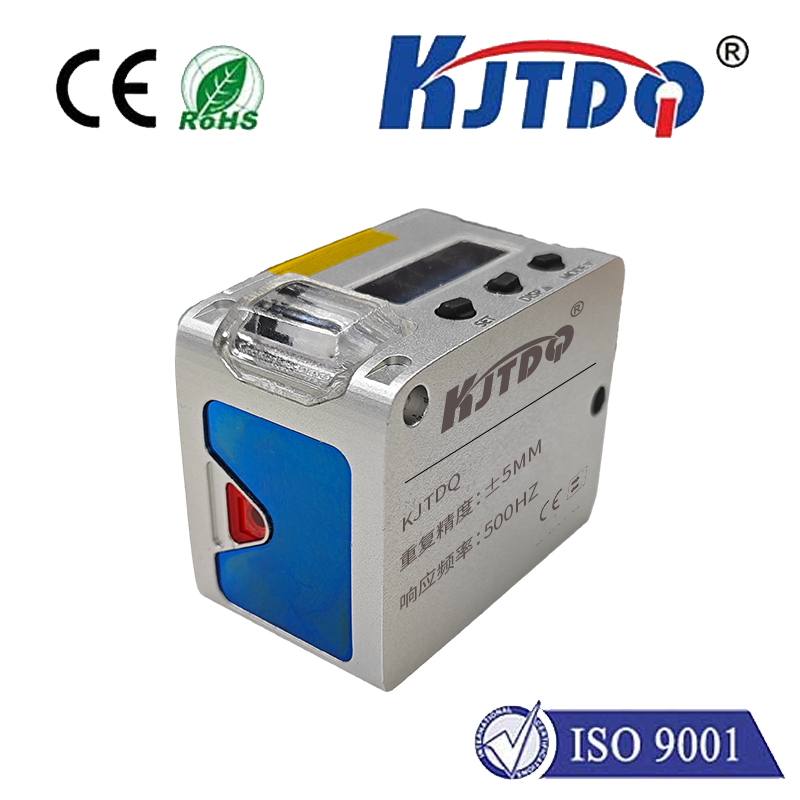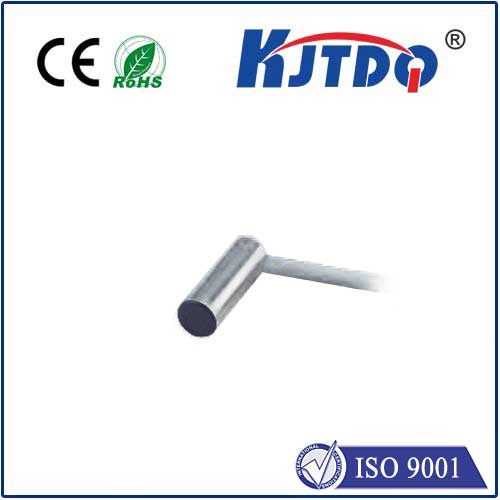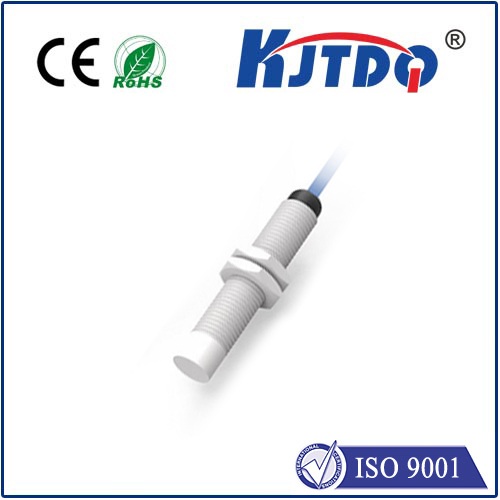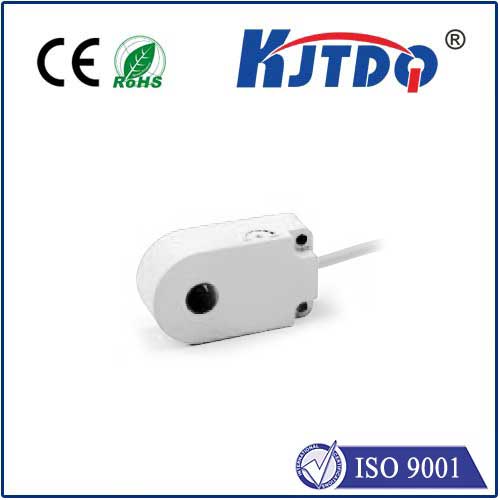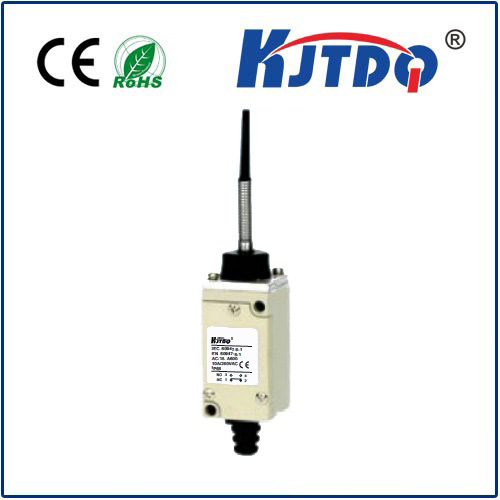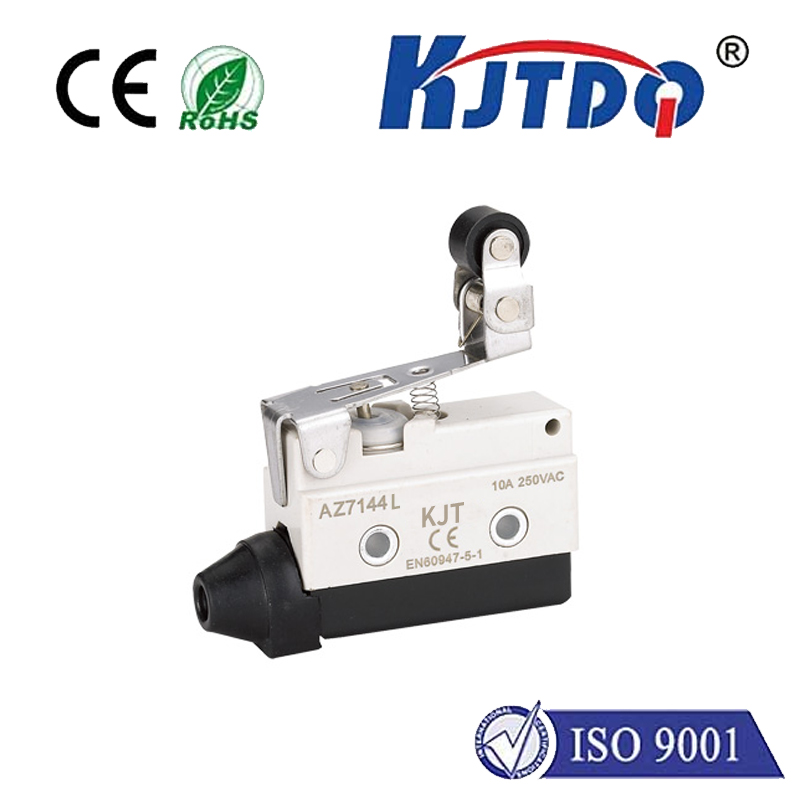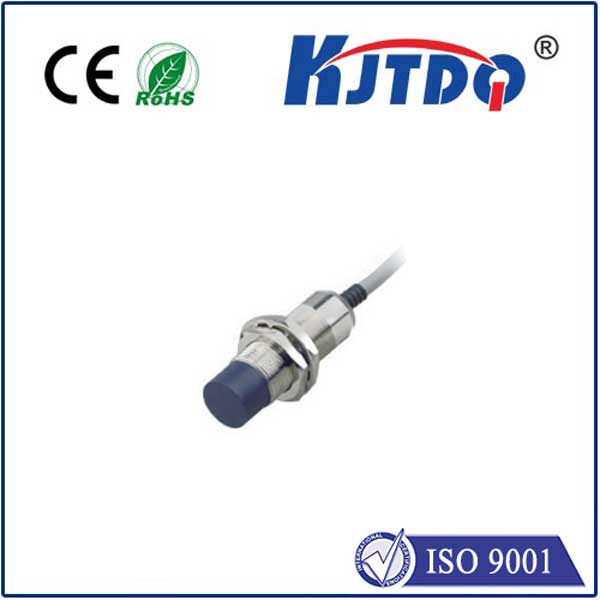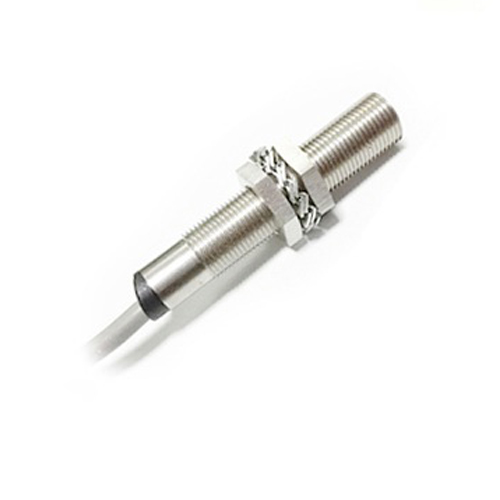reflective photoelectric
- time:2025-07-24 03:49:44
- Нажмите:0
Reflective Photoelectric Sensors: How Light Reflection Powers Industrial Automation
Ever wondered how an elevator door senses you’re there and safely stays open? Or how a packaging line knows precisely when a box is in position for labeling? Often, the unsung hero behind these everyday marvels is the отражательный фотодатчик. This ingenious technology, harnessing the simple principle of light reflection for object detection, forms a critical backbone of modern automation, offering reliability and versatility where it counts.
Understanding the Core Principle: Light Bounce as Information
At its heart, a отражательный фотодатчик operates on a beautifully straightforward concept. It combines a light emitter (usually an LED generating infrared, red, or laser light) and a photoelectric receiver (like a phototransistor or photodiode) within a single housing. The emitter projects a focused beam of light outward. When this light strikes a target object within its designated sensing range, a portion reflects back towards the sensor. The receiver detects this reflected light. The sensor’s internal electronics then interpret this change – the presence or absence of sufficient reflected light intensity – as a signal indicating the detection or non-detection of an object.
This fundamental reliance on a light beam reflecting off the target is what defines the reflective photoelectric sensor and differentiates it from other photoelectric modes (like through-beam or diffuse).
Why Choose Reflective? Key Advantages in Detection

Reflective photoelectric sensors hold distinct advantages that make them exceptionally suitable for numerous industrial applications:
- Simplified Installation: Unlike through-beam sensors that require precise alignment of separate emitter and receiver units across a conveyor or path, the reflective type integrates both components. This drastically reduces setup time, wiring complexity, and the need for mounting structures on both sides of the detection point. One unit does the job.
- Robust Sensing Range: Reflective sensors typically offer a significantly longer sensing distance compared to basic diffuse sensors (which rely solely on light bouncing diffusely off the target). Their focused beam enables reliable detection at greater distances – often several meters – making them ideal for larger machinery setups.
- Enhanced Reliability: By separating the emitter and receiver within the housing (though pointing in roughly the same direction), reflective sensors are less susceptible to interference from ambient light or background objects compared to diffuse sensors. The receiver is specifically tuned to detect the angle and wavelength of the returning beam from its own emitter.
- Cost-Effectiveness: Eliminating the need for a separate receiver unit and the associated mounting hardware often makes reflective photoelectric sensors a more economical solution per detection point than through-beam configurations.
The Retro-Reflective Variant: Boosting Range and Signal Strength
A particularly powerful subtype is the retroreflective photoelectric sensor. Instead of relying on light bouncing off a generic surface, it uses a special retroreflector (often a prismatic tape or corner-cube reflector) mounted opposite the sensor. This reflector is designed to bounce the light beam directly back along the exact path it came from, regardless of slight angular misalignments. This results in:
- Maximum Sensing Range: Achieving the longest possible distances within reflective photoelectric technology.
- Superior Signal Strength: The intense, directed return signal enhances detection reliability, even with small or poorly reflective targets passing partially through the beam.
- Tolerance to Target Color/Surface: Because detection relies on the strong, consistent signal from the reflector being interrupted by the target object, variations in the target’s color or surface texture have minimal impact on performance. The key is the object’s opacity blocking the beam.
Where Reflective Photoelectric Sensors Truly Shine: Industrial Applications
Their blend of range, reliability, and ease of use makes reflective photoelectric sensors indispensable across countless sectors:
- Packaging & Labeling: Detecting the presence/absence of boxes, cartons, bottles, or cans on conveyors for triggering filling, capping, labeling, or case packing operations. Object detection at high speeds is crucial here.
- Перевозка материалов: Monitoring pallet positions, detecting packages on sorters, confirming the presence of totes or bins, and triggering diverters or stops on conveyor systems.
- Assembly & Robotics: Verifying part presence in fixtures or nests before assembly begins, confirming robot end-of-arm tooling has picked up a component, detecting parts entering or exiting workstations.
- Automated Door & Gate Control: Safely detecting personnel or vehicles approaching or occupying the doorway path to prevent closure (the elevator door example).
- Printing & Converting: Detecting web breaks (where material tears), monitoring paper roll diameter, or sensing the leading/trailing edge of sheets.
- Automated Guided Vehicles (AGVs) & Mobile Robots: Providing collision avoidance or navigation cues using strategically placed retroreflectors in the environment.
Selecting the Right Reflective Sensor: Key Considerations
Choosing the optimal reflective photoelectric sensor requires evaluating several factors:
- Required Sensing Distance: How far away does the target need to be reliably detected? This dictates the necessary power and lens type (standard focus for mid-range, concentrated beam for longer range).
- Target Characteristics: Size, color, surface material (shiny, matte, transparent). While retro-reflective types are target-surface agnostic (only opacity matters), standard reflective sensors may struggle with very dark or non-reflective objects. For transparent objects, specific “clear object detection” variants exist.
- Light Source: Infrared (IR) is common and invisible, offering good ambient light immunity. Red light is visible, aiding setup alignment. Laser light provides extremely precise, long-range detection for small targets.
- Environmental Conditions: Exposure to dust, moisture, oil, or extreme temperatures? Look for sensors with appropriate Ingress Protection (IP) ratings (e.g., IP67, IP69K).
- Output Type: Digital (PNP/NPN transistor) switching outputs are standard for PLC integration. Analog outputs are available for distance measurement tasks.
- Response Time: How fast does the sensor need to react? Crucial for high-speed production lines.
The Unseen Engine of Automation Efficiency
From the precise choreography of high-speed bottling plants to the mundane safety of an office elevator, reflective photoelectric sensors work silently in the background. Their ability to leverage the simple physics of light reflection – packaged into robust, easy-to-install units – provides reliable, cost-effective object detection that fuels efficiency and safety across the industrial landscape. Understanding their working principle, key variants like the powerful retroreflective photoelectric sensor, and selection criteria empowers engineers to deploy the right sensing solution, ensuring smooth operation and maximizing productivity in an increasingly automated world.

